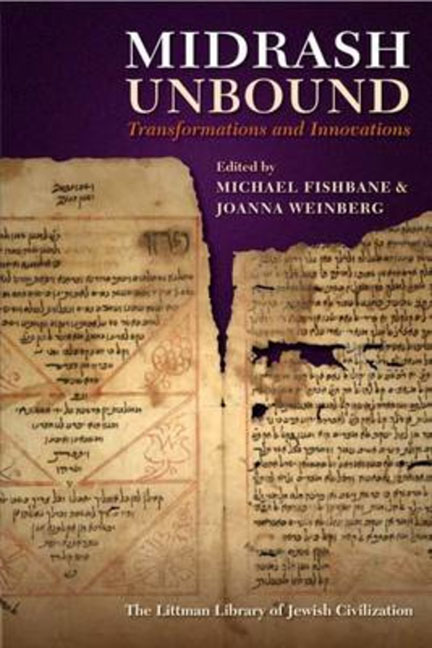10 - Performative Midrash in the Memory of Ashkenazi Martyrs
Summary
Although students of Midrash have often focused on how readers take apart and put together biblical language to create new textual meanings, less noticed is how certain narratives record and interpret what might be called ‘performative Midrash’: people actually acting out, sometimes even in specific historical situations, modifications of biblical and biblically related texts. Performative Midrash builds on the notion of the creation of rites based on new exegetical interpretations of ancient words. I would like to explore further what Michael Fishbane has called ‘the exegetical construction of ritual reality’ by considering how historical actors themselves engage in behaviour that is stimulated by their own spontaneous or planned midrashic extension of earlier literary motifs and events. Others may then represent the event so constructed in a narrative or poetic form.
It is often impossible to separate performative from literary aspects of a newly imagined event and its subsequent literary representation. Compare the behaviour ascribed to Joshua, in connection with the failed battle to conquer Ai (Josh. 7), and Ezra, when he is told about intermarriage between the Jerusalem community members and the peoples of the land (Ezra 9).
In the book of Joshua, when the Israelites are defeated in the first battle of Ai, Joshua goes through an elaborate set of mourning gestures ( Josh. 7: 6). The act of desecrating the war booty is referred to by the Hebrew verb ma’al ( Josh. 7: 1), and the reason supplied for the Israelites’ defeat is that one Achan ben Carmi had misappropriated forbidden sacred war booty (ḥerem, Josh. 7: 1, 11–13, 15) that was to be consecrated to God alone and not diverted for human use ( Josh. 7: 18–20). In the book of Ezra, an inner-biblical midrashic expansion of Joshua 7 is behind the metaphor that the people of Israel is ‘the holy seed’ (zera hakodesh, Ezra 9: 2), and is equivalent to the sacred war booty in Joshua. The sin is expressed with a form of the verb ma’al, as in Joshua (Ezra 9: 2, 4), and Ezra is described as going through a series of mourning gestures as had Joshua (Ezra 9: 3–4).
- Type
- Chapter
- Information
- Midrash UnboundTransformations and Innovations, pp. 197 - 210Publisher: Liverpool University PressPrint publication year: 2013

